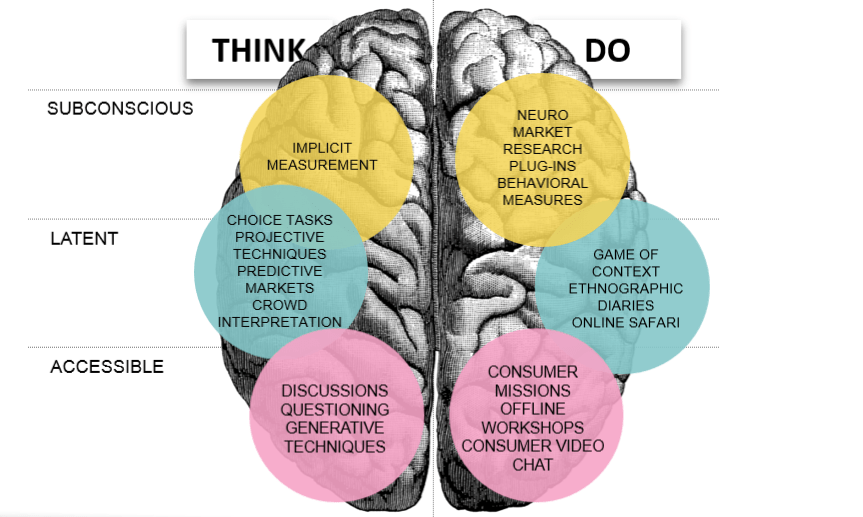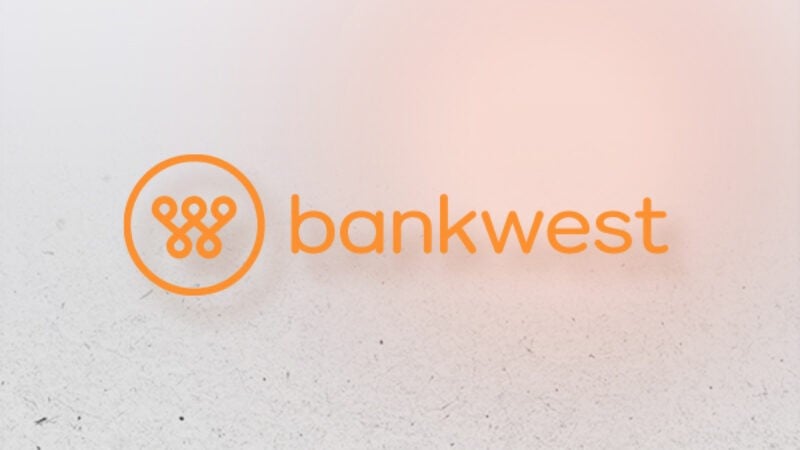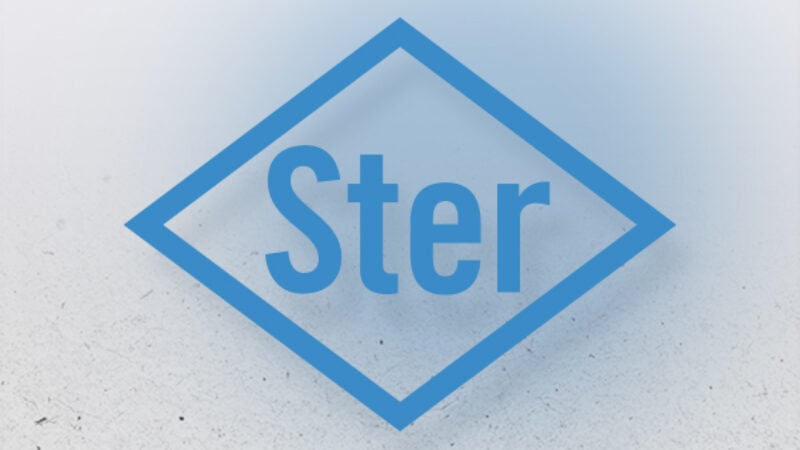What researchers can learn from bartenders
How mixing measures can create the ultimate cocktail to fuel research needs. As published in the April-May 2018 edition of the Australian Market and Social Research Society’s publication Research News.
For many years, economists, sociologists and psychologist have tried to understand and assess the mental processes that mediate people’s behaviour, with the aim of better understanding and predicting that behaviour. Initially, theorists argued that people made choices as rational agents, taking into account all available information, potential costs and benefits when selecting the best choice of action. While this might apply to very distinct decisions, especially to those that are high in cost or bring a lot of risk and uncertainty, recent evidence in neuroscience has shown that the majority of our decision making is driven by automatic thought processes (e.g. heuristics, habits…).
Yet marketing and marketing research still tend to over-rationalise how consumers think and act. Consider a questionnaire designed to measure brand strength, for instance, when participants are invited to rate a list of brand items on a scale to then derive the overall brand performance. Such self-reported measures (i.e. explicit measures) still represent the norm for measuring people’s attitudes, perceptions and behaviour; if you are interested in people’s opinions, why not simply ask them? Asking them, however, is not ideal when researching the decision processes that account for more automatic behaviour, as people lack the skills of introspection to understand what guides their behaviour. This is why a new class of measures has gained momentum in recent years. These so-called implicit measures (e.g. Implicit Association Tasks, time-pressured excercises . . .) allow for an assessment of behaviour performed without conscious thought or from force of habit (i.e. under conditions of automaticity), which are inaccessible through classic measures such as explicit questions.
Choosing the right mix
This does not mean that explicit measures do not lead to valuable insights. The types of measures one should use depends on what one wants to measure. All measures have their value if used in the right context. Implicit measures complement the explicit self-reported measures that are traditionally used in marketing research. Yet, implicit measures are not the holy grail; it all depends on what we’re trying to measure. The power truly lies in the mix and this goes beyond the use of implicit and explicit questions.
Great insights do not only come from what you ask people. While primary research used to form the core source for decision-making, today it is simply the tip of the iceberg. Data is more abundant than ever, with large streams of indirect data (e.g. behavioural, geo, biometric and social data) at our finger tips.
It is time for the market research industry to leverage the rich data surrounding us. Ultimately, researchers should become smart connectors who uncover better and stronger insights by linking different data streams (e.g. research, social media and behavioural data), tools (e.g. surveys, implicit and biometric response tools and so on) and methods (e.g. ethnographic, qualitative, quantitative and sensory research). It is about smartly combining subconscious, latent and accessible techniques to uncover both automated and conscious consumer behaviour in order to understand how consumers think and act.

In other words, researchers should be like bartenders: rather than serving one drink for all, it is about selecting the right ingredients and shaking or stirring them skillfully to create the perfect cocktail for each specific need. Doing so will not only allow researchers to better grasp the consumer reality; it will also bring an opportunity for research to get on par with today’s snappy reality.
Not only has the research industry failed to take full advantage of data measures, our research approaches often do not match the way consumers communicate and interact. While communication has become shorter, snappier and more visual, the average survey still has a duration of 20 (long!) minutes. This has not only led to an increased drop-out and a decreasing data quality over the years, but also lies at the origin of what we could call “the global warming of panels”. Therefore, there lies a major opportunity in blending tools, techniques and data sources to reduce the (often unnecessary) time effort expected from participants. Apart from gaining fresher and better insights, using the right mix will reduce the time demands on participants. This takes into consideration the lifetime value of participants and safeguards the future of our industry.
In order to make research thrive again, it’s time for us to think like bartenders, where we become experts in mixing the right cocktail of data, tools and techniques whilst creating sustainable consumer connections.
Eager for more insights on implicit research? Get your free download of our How to sharpen your brand bookzine!




